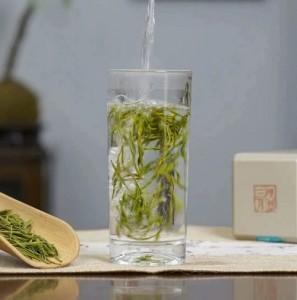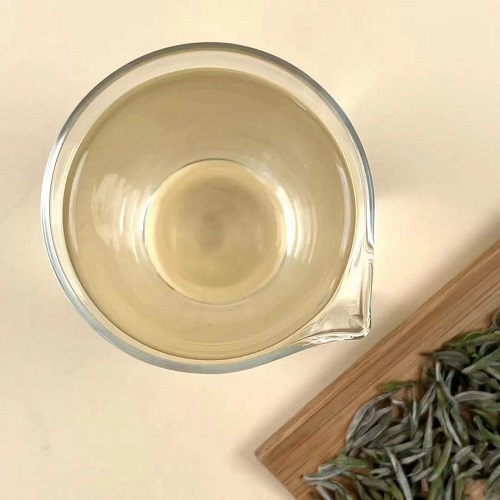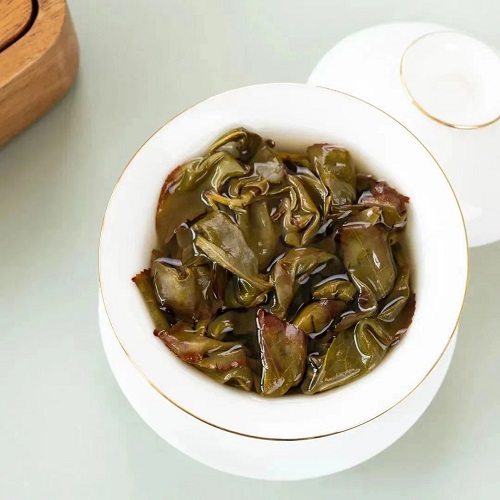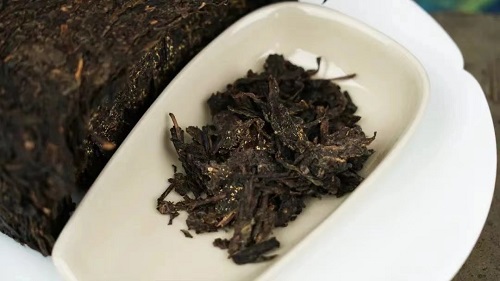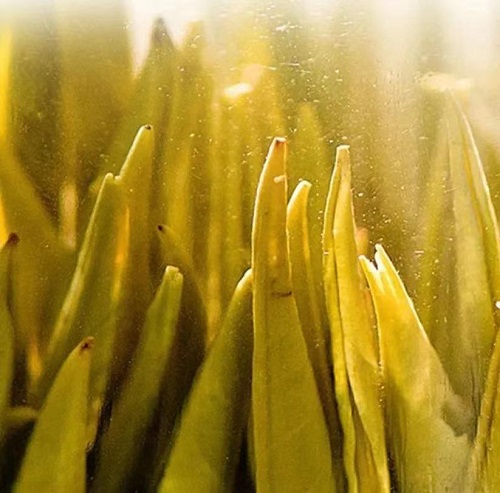Nowadays, drinking tea has become a healthy lifestyle for most people, and different types of tea also require different tea set and brewing methods。
There are many types of tea in China, and there are also many tea enthusiasts in China. However, the well-known and widely recognized classification method is to divide tea into six categories based on its color and processing method: green tea, white tea, yellow tea, green tea, black tea, and black tea.
Green Tea
Green tea is the earliest tea in History of China, and also the tea with the highest output in China, Green tea is the earliest tea in History of China, and also the tea with the highest output in China, ranking first among the six teas. As a non fermented tea, green tea well retains the natural substances in fresh leaves, such as vitamins, chlorophyll, tea polyphenols, amino acids and other substances, which are the most abundant in all teas
Green tea should be brewed in tea pot rather than boiled, as unfermented green tea leaves are relatively tender. Boiling and drinking them will destroy the rich vitamin C in the tea, reducing its nutritional value. Caffeine will also seep out in large quantities, causing the tea soup to turn yellow and the taste to be more bitter!
Black Tea
Black tea is made from the newly sprouted leaves of tea trees that are suitable for producing this product, and is refined through typical processes such as withering, rolling, fermentation, and drying. Because it is a fully fermented tea, the chemical reaction centered on the enzymatic oxidation of tea polyphenols occurred in the processing of black tea, and the chemical composition in the fresh leaves has changed greatly. Tea polyphenols have been reduced by more than 90%, and new ingredients such as Theaflavin and Thearubigin have been produced.
Fully fermented black tea can be boiled and brewed. It is usually brewed with water at 85-90 ℃ in daily use. The first two teas need to be awakened, and 3-4 teas have the best taste.
white tea
White tea belongs to light fermented tea. After picking fresh leaves, it is spread thinly on a bamboo mat and placed in weak sunlight, or in a well-ventilated and transparent room. It withers naturally and is dried until 70% or 80% is dry, without stirring or kneading. It is slowly dried over low heat.
White tea can also be boiled or brewed, but it depends on the situation! Due to slight fermentation, it is also necessary to awaken the tea during brewing. The tea soup thickens during the second brewing, and the contents of the tea precipitate during 3-4 brewing, achieving the best tea aroma and flavor.
Oolong tea
Oolong is made after picking, withering, shaking, frying, rolling, baking and other processes. It has excellent quality. After tasting, it has a lingering fragrance and a sweet and fresh aftertaste
Due to the fact that during semi fermentation brewing, it takes approximately 1-2 times to brew the tea, so that the aroma can diffuse into the tea soup. When brewed to 3-5 times, the tea fragrance can be felt entering the water, and the teeth and cheeks produce a fragrance
Dark tea
Dark tea is a unique type of tea in China. The basic production process includes blanching, initial kneading, composting, re kneading, and baking. It usually uses coarser and older raw materials, and the fermentation time during the production process is often longer. Therefore, the tea leaves are oily black or black brown, hence it is called dark tea.
Yellow tea
Yellow tea belongs to the light fermented tea category, with a processing process similar to that of green tea. However, a “suffocating yellow” process is added before or after the drying process, which promotes partial oxidation of polyphenols, chlorophyll, and other substances.
Like green tea, yellow tea is also suitable for brewing but not for cooking in glass tea pot! If used for cooking, excessive water temperature can damage the fresh and tender yellow tea, causing excessive caffeine precipitation and a bitter taste, greatly affecting the taste.
Post time: Jun-09-2023







